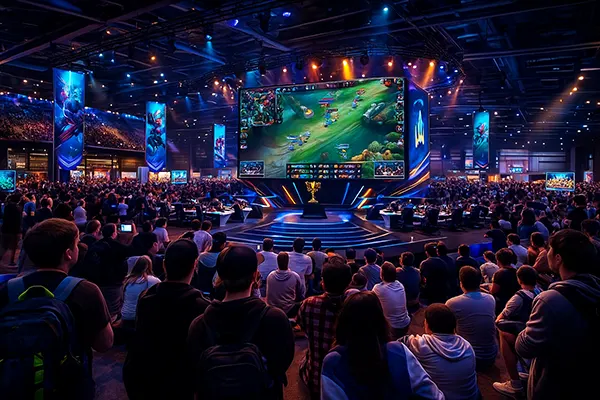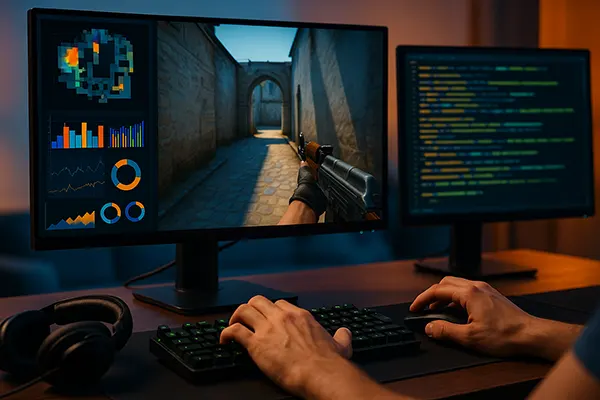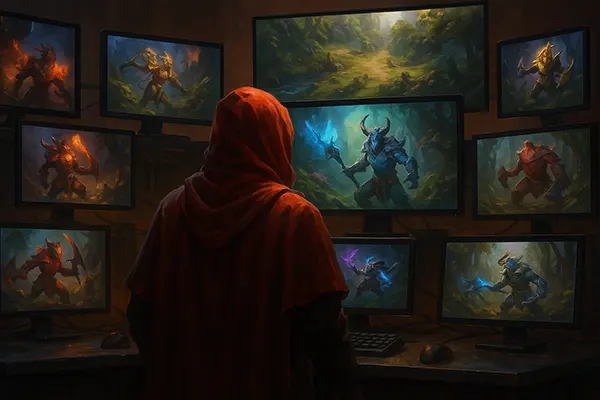History and Evolution of Dota 2: From Modding to a Global Cybersport
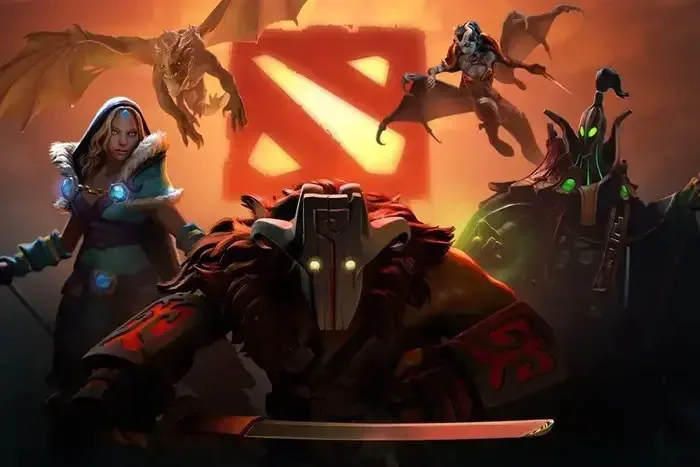
The world of competitive gaming has seen many iconic titles, but few have had the lasting impact of Dota 2. Emerging from humble beginnings as a custom mod for Warcraft III, Dota 2 has grown into one of the most influential esports titles in history. The game’s strategic depth, constantly evolving mechanics, and thriving community have cemented its status as a staple of professional gaming. Today, Dota 2 attracts millions of players worldwide and boasts prize pools that rival traditional sports tournaments.
Beyond its role in shaping modern esports, Dota 2 has significantly influenced the broader gaming industry’s economic landscape. Its innovative monetisation model — including cosmetic microtransactions, seasonal battle passes, and community-contributed content — has set new standards for how games generate long-term revenue. The in-game marketplace enables players to trade virtual items, creating a thriving secondary economy with real-world value. Moreover, the game’s integration with streaming services, competitive betting platforms, and fan engagement tools has broadened its appeal far beyond the traditional gaming audience. In this article, we explore the evolution of Dota 2 from a grassroots community mod into a multi-million-dollar global phenomenon, analysing how its unique blend of competitive gameplay, community support, and commercial innovation continues to reshape the digital entertainment ecosystem.
Path to Independent Play: The Development of Dota 2
The origins of Dota 2 trace back to the custom map “Defense of the Ancients” (DotA) for Warcraft III: Reign of Chaos. Developed by a community of modders, DotA quickly gained popularity due to its unique blend of real-time strategy and role-playing mechanics. The game featured a roster of heroes, each with distinct abilities, allowing for complex team-based strategies.
As DotA’s player base grew, the gaming industry took notice. In 2009, IceFrog, one of DotA’s lead developers, was hired by Valve Corporation to create a standalone sequel. Valve’s vision was to refine DotA’s mechanics, enhance graphics, and establish a dedicated esports ecosystem. This marked the beginning of Dota 2, a game that would soon redefine competitive gaming.
The transition from mod to full-fledged game was not without challenges. Valve faced legal disputes over the DotA trademark and had to navigate the expectations of an already passionate community. However, the company’s commitment to maintaining the core gameplay while modernising the experience helped Dota 2 quickly gain traction among players and professional teams.
The Launch of Dota 2 and Its Impact on Cybersport
Dota 2 was officially released in 2013 after a lengthy beta phase. To mark the launch, Valve introduced The International, a tournament that offered an unprecedented $1.6 million prize pool. The success of The International solidified Dota 2 as a premier esports title and set a new standard for competitive gaming events.
The game’s strategic depth and steep learning curve attracted professional players and organisations eager to compete at the highest level. Teams from across the world formed, and regional leagues began to emerge. Dota 2’s impact extended beyond the esports industry, influencing game design and monetisation strategies in other multiplayer titles.
Casinos and betting platforms, including casino Pasino, soon recognised the potential of Dota 2 esports. The game’s unpredictable nature and high-stakes tournaments made it an appealing option for esports betting, further expanding its reach beyond traditional gaming audiences.
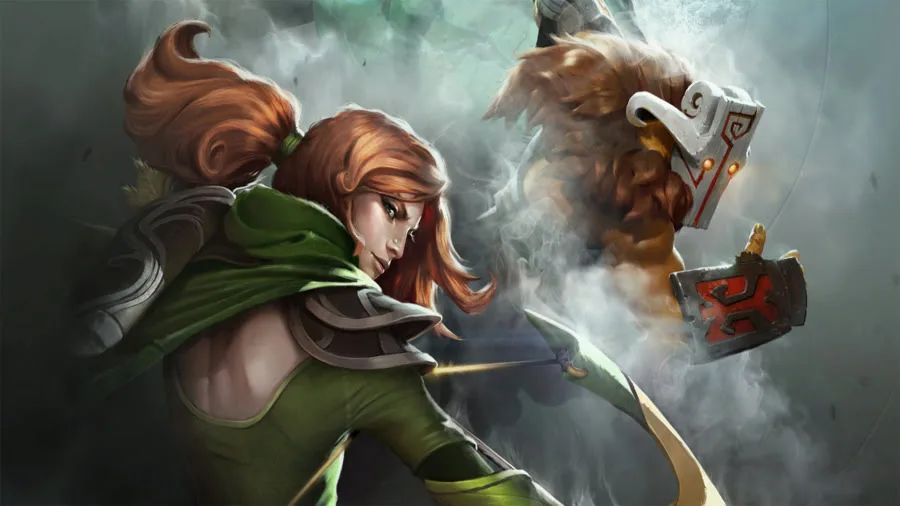
Evolution of Gameplay and Metagaming
One of Dota 2’s defining features is its ever-evolving gameplay. Valve regularly releases balance patches, adjusting hero abilities, item mechanics, and map dynamics to keep the game fresh. These updates significantly impact competitive play, requiring teams to constantly adapt their strategies.
The concept of “metagaming” plays a crucial role in Dota 2’s evolution. The meta refers to the most effective strategies at a given time, dictated by balance changes and professional play. Players and analysts study tournament matches to understand emerging trends, leading to shifts in hero picks, lane strategies, and item builds.
This dynamic nature ensures that no two tournaments are ever the same. The ability to predict and counter the evolving meta is a key factor in a team’s success, making professional play highly strategic and engaging for both players and spectators.
The Development of the Professional Scene and International Tournaments
Dota 2’s professional scene has grown exponentially since the first International. Valve introduced the Dota Pro Circuit (DPC), a structured competitive system that determines which teams qualify for The International. Regional leagues, Major tournaments, and third-party events provide a steady competitive environment throughout the year.
The International remains the most prestigious event, breaking prize pool records annually. The tournament’s crowdfunding model, where a portion of in-game purchases contributes to the prize pool, has resulted in some of the largest payouts in esports history.
Beyond The International, numerous regional and invitational tournaments keep the competitive scene vibrant. These events help cultivate new talent, ensuring that fresh players can rise to challenge established legends, keeping the game’s competitive ecosystem thriving.
The Economics of Dota 2: Business Model and In-Game Monetisation
Dota 2 follows a free-to-play model, with revenue generated primarily through cosmetic items and the Battle Pass system. Unlike many other free-to-play games, Dota 2 does not offer pay-to-win mechanics, ensuring a level playing field for all players.
The in-game marketplace allows players to buy, sell, and trade cosmetic skins, creating a thriving digital economy. Limited-edition items, such as those released during The International, often become highly valuable, with some cosmetics selling for thousands of dollars.
Various gaming platforms have integrated Dota 2-related content by offering betting options, themed promotions, and event-driven campaigns tied to major international tournaments like The International and regional leagues. This cross-industry collaboration not only boosts user engagement but also highlights Dota 2’s far-reaching financial impact that extends well beyond traditional gaming markets. By bridging the gap between competitive gaming and adjacent digital services, such as betting, streaming, and virtual item trading, Dota 2 has become a central hub in the evolving ecosystem of interactive entertainment. Its presence in these spaces reflects the game’s commercial value and its unique ability to attract diverse audiences from both the gaming and broader online communities.
Current State and Future of Dota 2
Despite being over a decade old, Dota 2 continues to receive regular updates. Valve remains committed to refining gameplay, introducing new heroes, and maintaining a balanced competitive environment. Community engagement through events and seasonal updates keeps the player base active.
Looking ahead, Dota 2’s future depends on maintaining its esports ecosystem and expanding accessibility. While the game’s complexity is part of its charm, efforts to introduce new-player-friendly features could help sustain long-term growth.
As technology advances, Dota 2 may also explore new opportunities, such as VR integration or enhanced AI-driven coaching tools. Regardless of the changes, its legacy as one of the most influential competitive games in history is firmly established.

